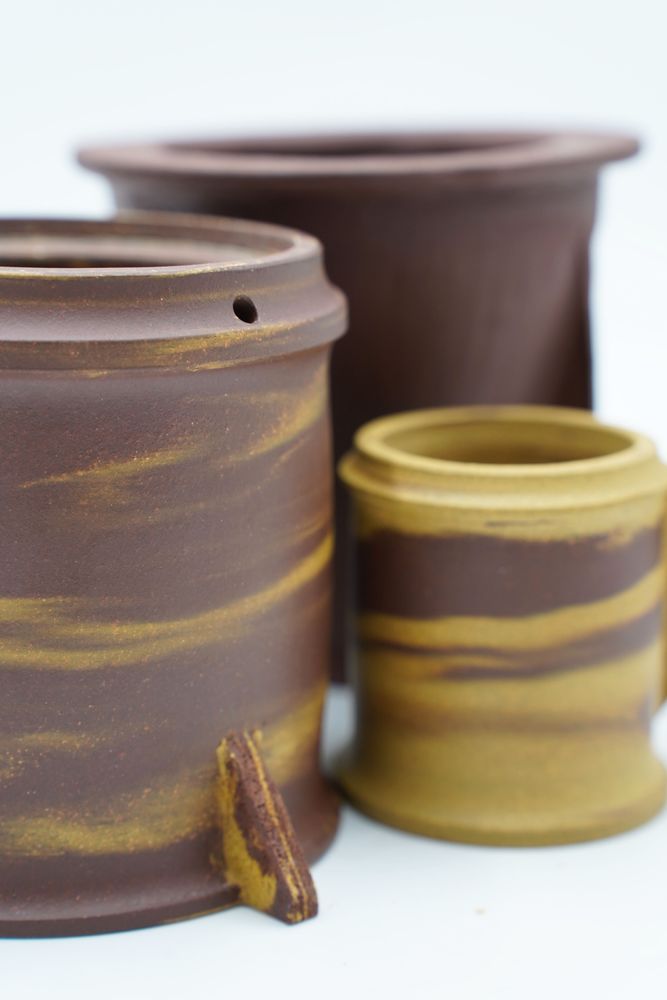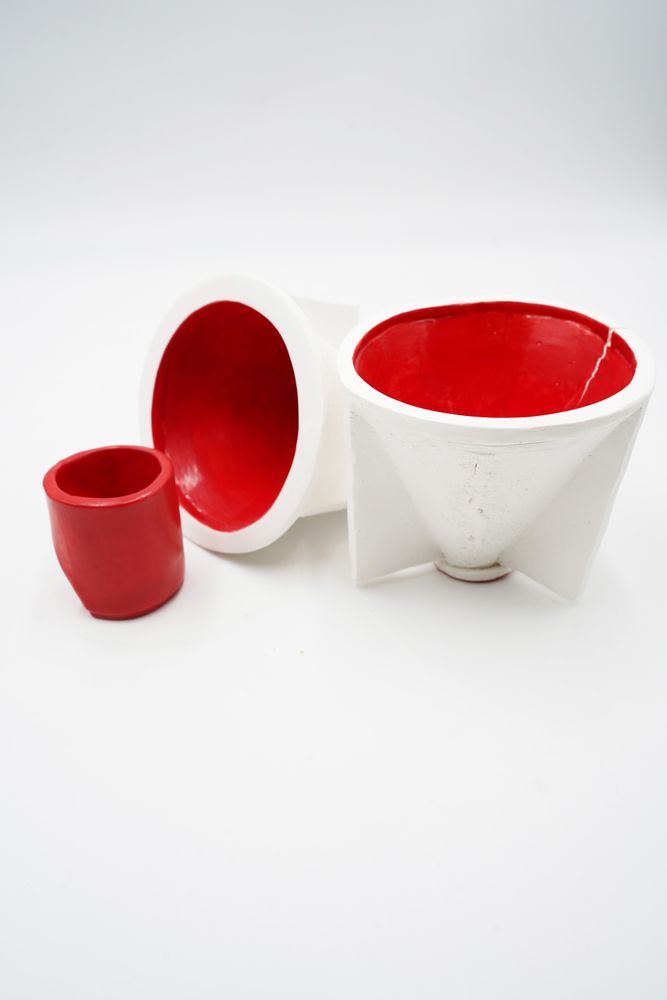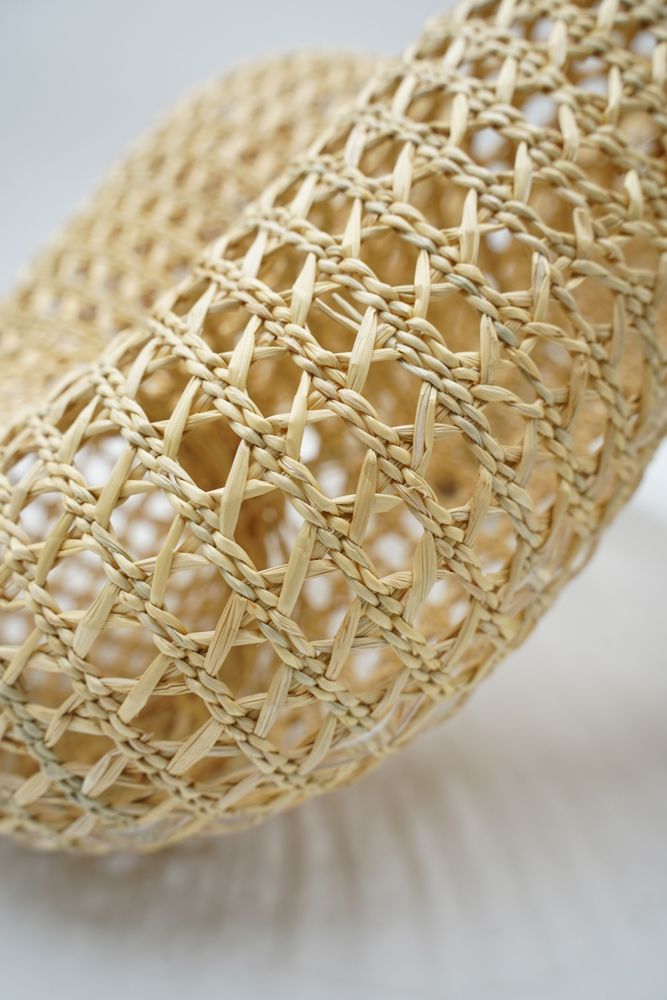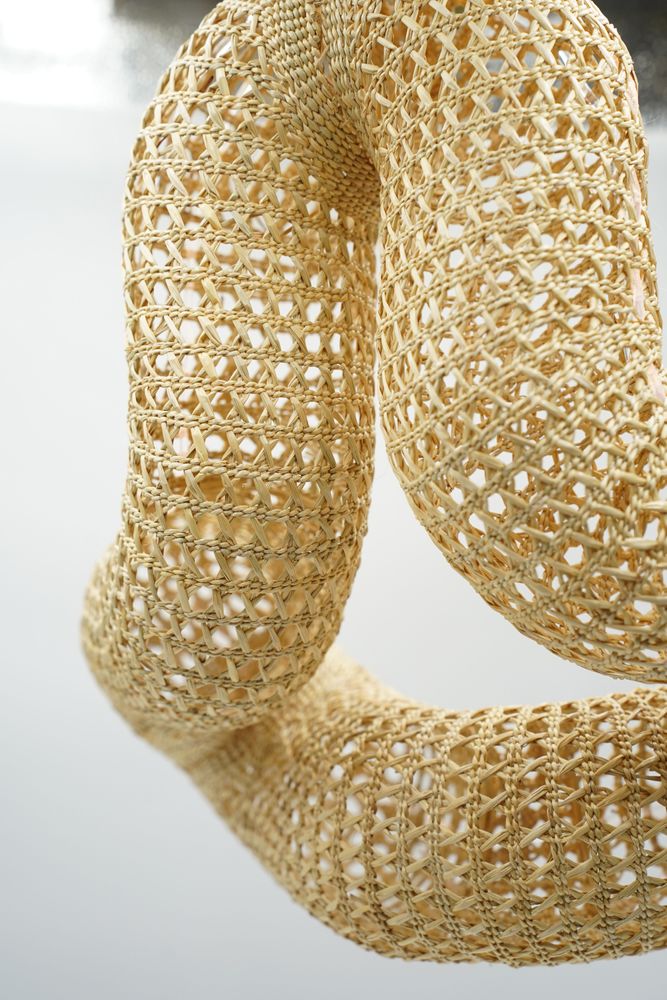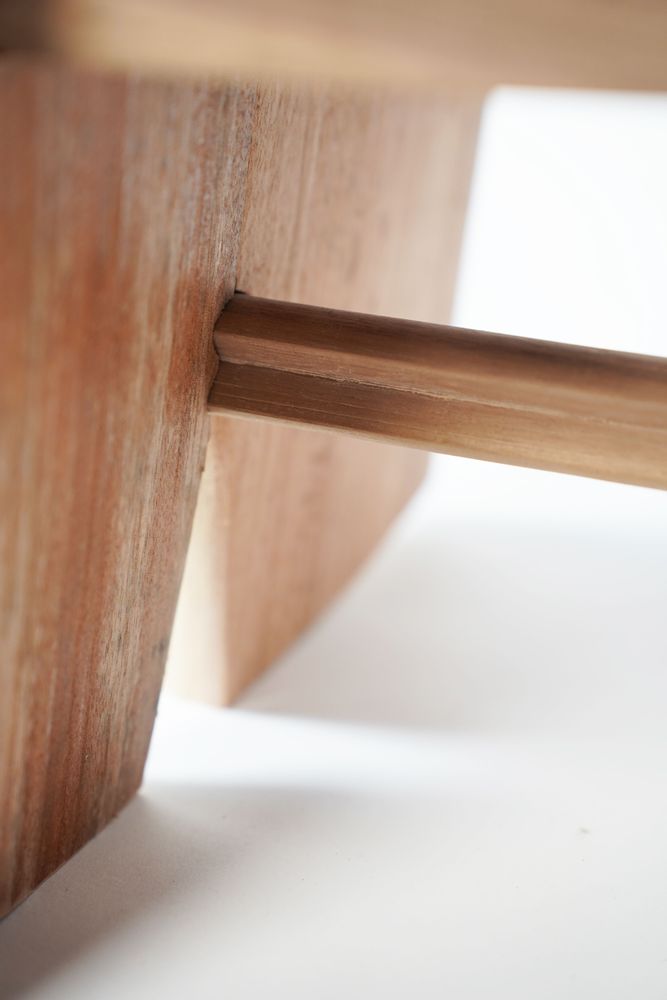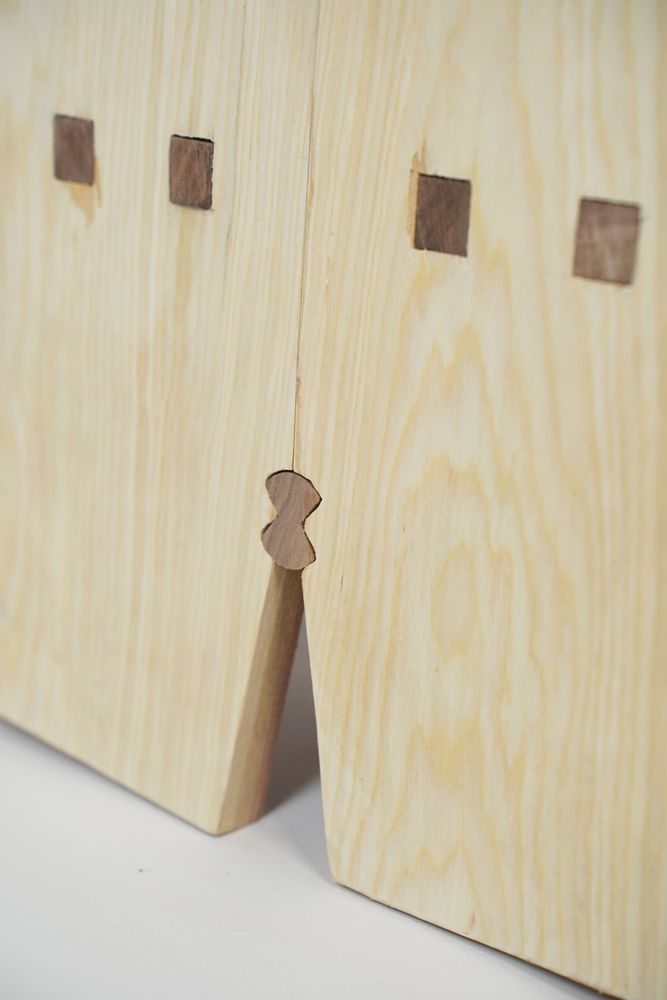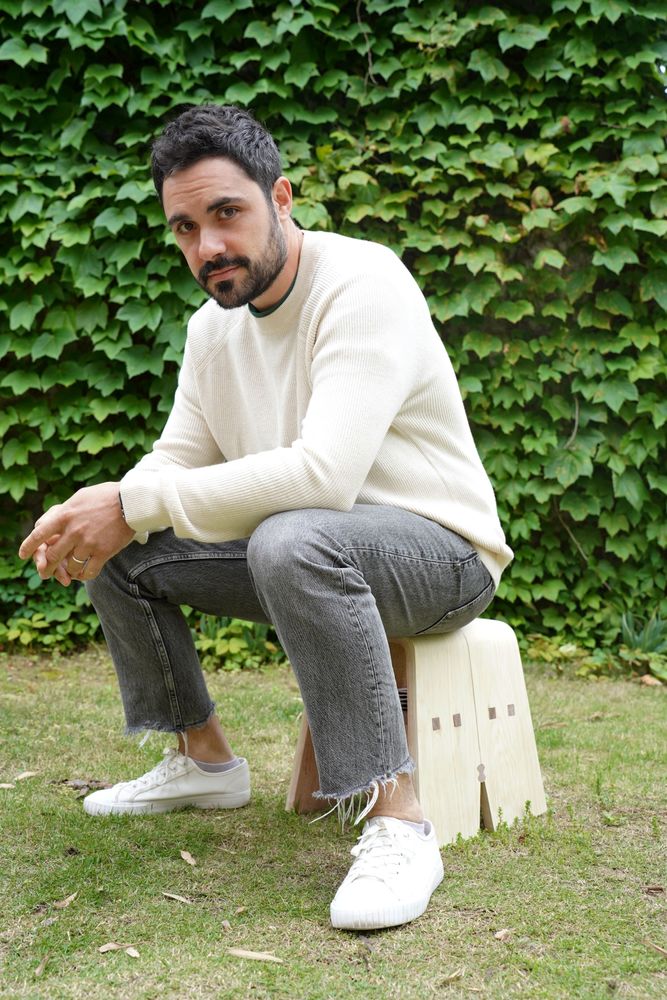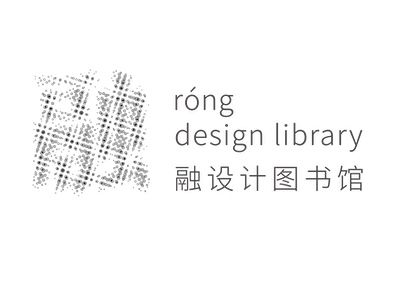Joaquin Sansone
Joaquin Sansone was born in 1987 in the Argentine capital Buenos Aires and currently resides in Spain. He studied industrial design at the University of Buenos Aires, specializing in architecture, design, and urban planning. Throughout his career as a project manager in various companies, he explored different materials and technologies, ultimately designing products based on the properties of these materials. He emphasizes the utilization of material characteristics in product design and has introduced the concept of "Material Spinoff", where products are entirely created using the properties of these materials, integrating structure and function.
During the residency, Joaquin's goal was to learn about Chinese culture, to focus on the present moment and craftsmanship, to understand the processes so that he could apply them to new products, and to try to combine the essence of each process with his design philosophy. Being exposed to these crafts allowed him to learn about the workspace, the city and the culture, and by visiting the cities where each material and craft is featured, he seeks to design products with a new perspective, keeping the essence of each material and craft, trying to understand the process, listening and watching the artisans share their experiences.
MEETING IN THE RITUAL&INTERSECTION&SUPPORTED SUPPORT&DAILY FREEDOM
Design has different starting points, and the design path for this residency programme was to learn about the process, try to understand the materials, and then design products that are characterised by the materials, looking for cultural representations in each object.
【MEETING IN THE RITUAL】
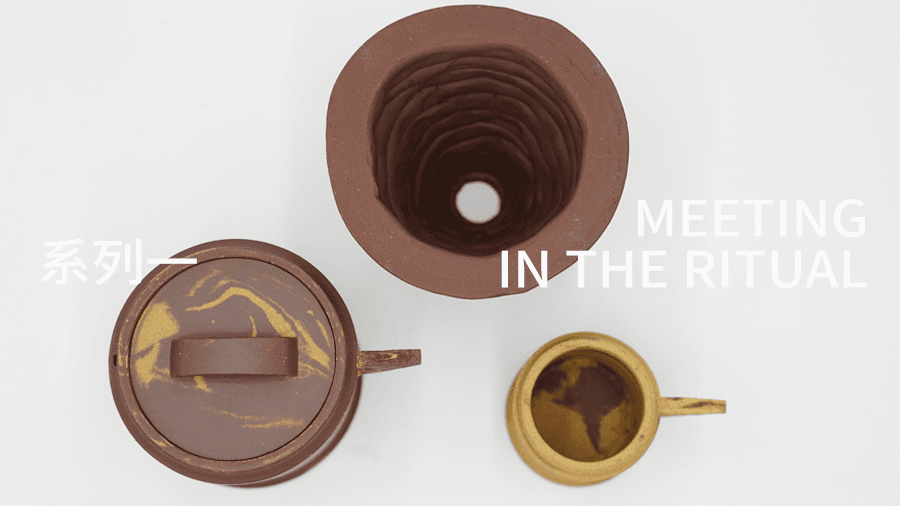
The material Zisha is strongly associated with the tea ceremony. The tea ceremony, a Chinese culture, is centred around the characteristic item of the teapot. He learnt that Zisha, a special material with a unique composition, can only be obtained from the hills of Yixing.
He wanted to use the rituals of tea and coffee as a starting point and use this material to link Eastern and Western cultures. He carried out some experiments with the material, looking for different results and creating different patterns by mixing clay with coffee powder and mixing different colours of clay.
During the firing process of this material, a structure is created in it that allows the liquid contents to ‘breathe’ and retain the taste better than other ceramics, which Joaquin transforms into a range of products for filtering, pouring and drinking coffee, using the imprints, textures and characteristic colours of the material to create simple forms that depart from nature. Simple forms. The vessel used to pour the brewed drink has two grips to produce a gesture of devotion, expressed as courtesy in the tea ceremony.
【INTERSECTION】
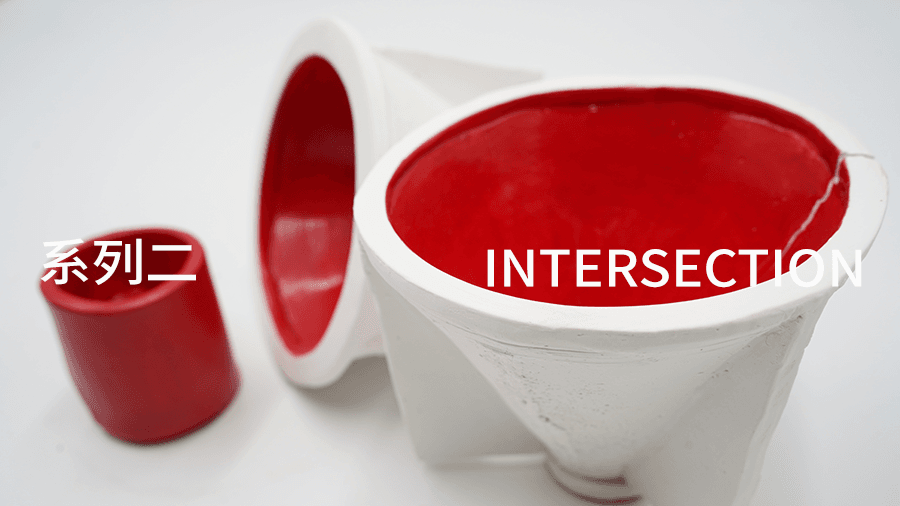
In order to enrich the exploration of ceramic materials, Joaquin has conducted different tests on white ceramics using coffee as a basic element. The form of this product is based on the exploration of simplifying its use, mainly in the form of cutting and subtracting cylindrical shapes. In terms of colour, red, as a symbol of joy and prosperity, is widely seen in celebrations and meetings, fitting in with the concept of the teapot's use as a place where people come together to share the same moment on these occasions.
【SUPPORTED SUPPORT】

By learning to weave yellow straw and observing the different shapes of patterns and structures they contain, Joaquin began to think about the fusion that exists in the fibres, including how they are blended to generate patterns and create unique surfaces. He wanted to bring this fusion to form and function and create a product that combined technology with natural straw fibres.
He used the movement of the Chinese dragon as a concept to generate forms to represent its symbolism. Created a braid using fibre optics and natural fibres mixed together in a single weave that acts as both a structure and a lighting element. This luminaire has a diverse range of uses; it is designed to be hung from the ceiling, on a wall, or supported on a flat surface, such as a table.
【DAILY FREEDOM】
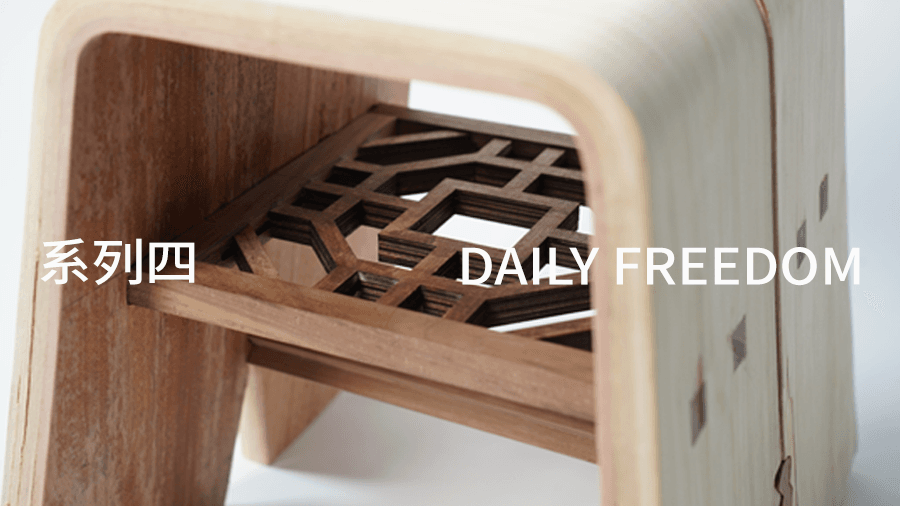
During his residency, Joaquin became fascinated with one product in particular: a small stool for daily work and rest. This stool offers freedom of use. Inspired by this concept, he decided to redesign the stool, highlighting its connection to nature and its traditional roots. He used traditional construction elements such as mortise and tenon joinery to reinforce its essence. The stool consists of two panels, supported in the centre, and a curved bottom that allows the stool to move. Inside, there is a flat surface that serves both as a structure and as a support or storage area, providing variety of use and allowing for the movement of other objects.

